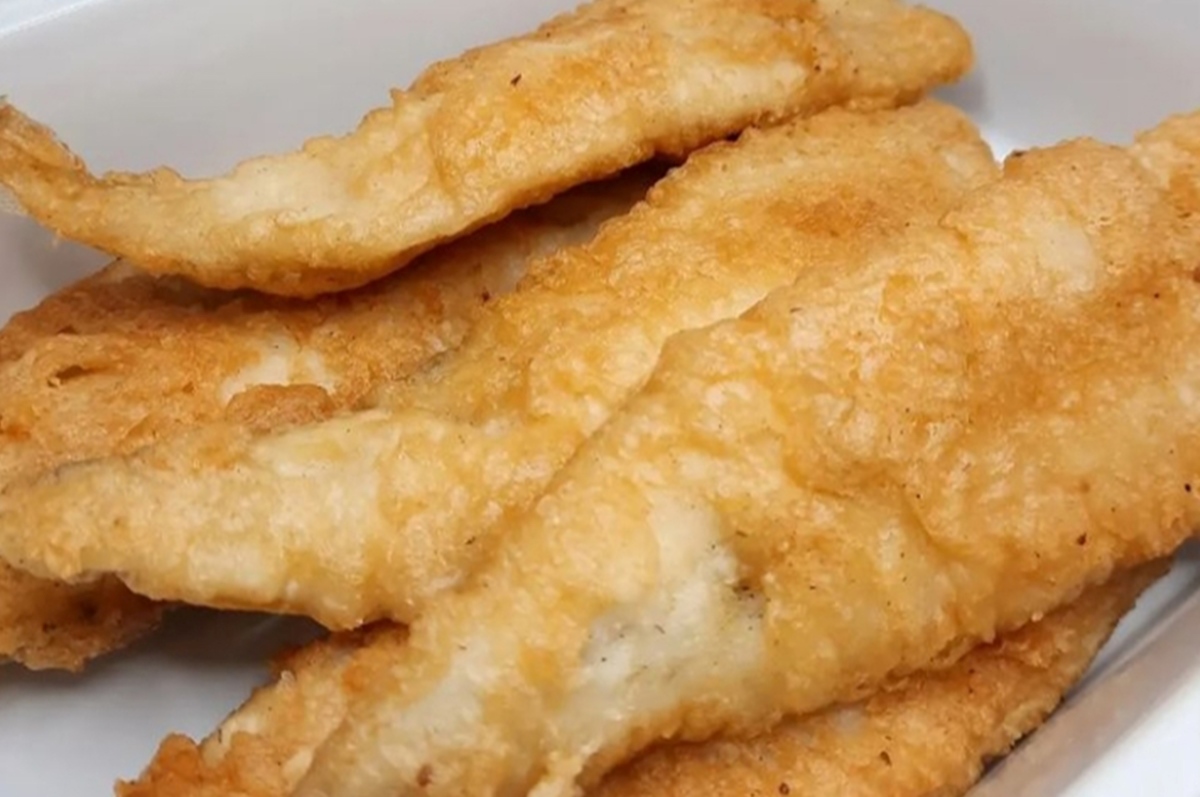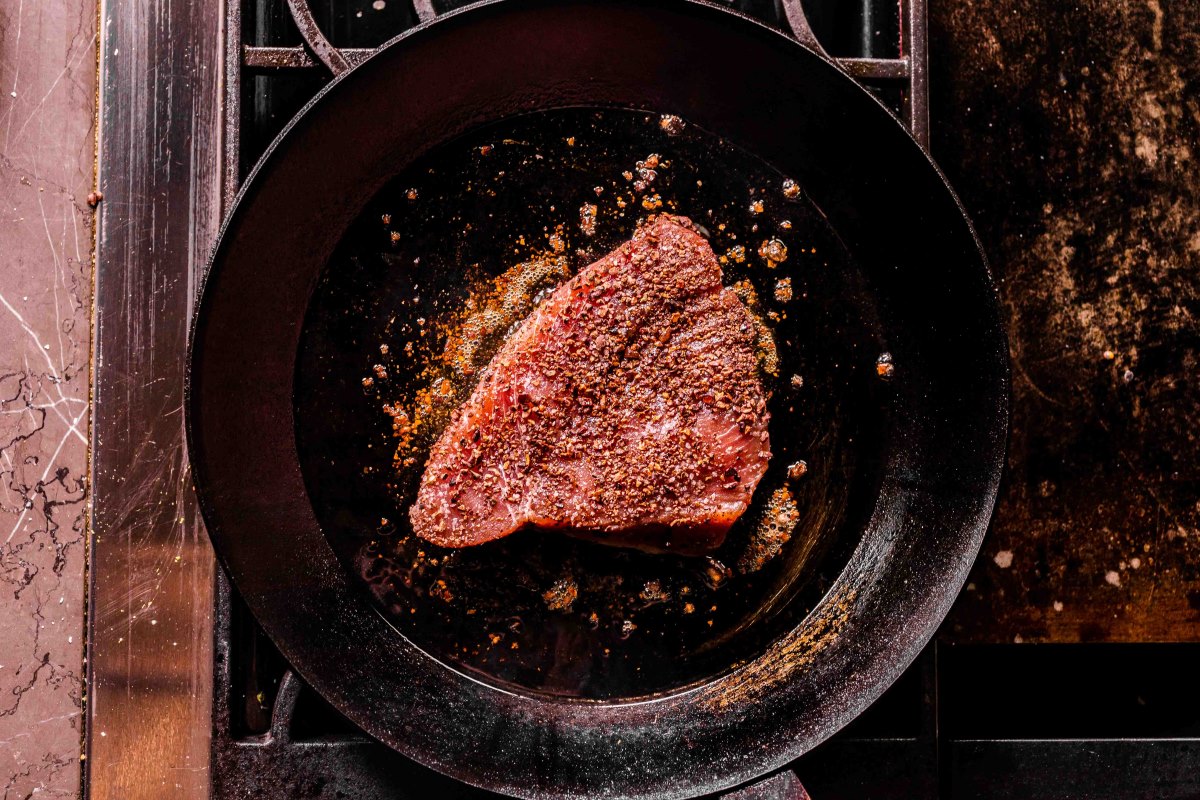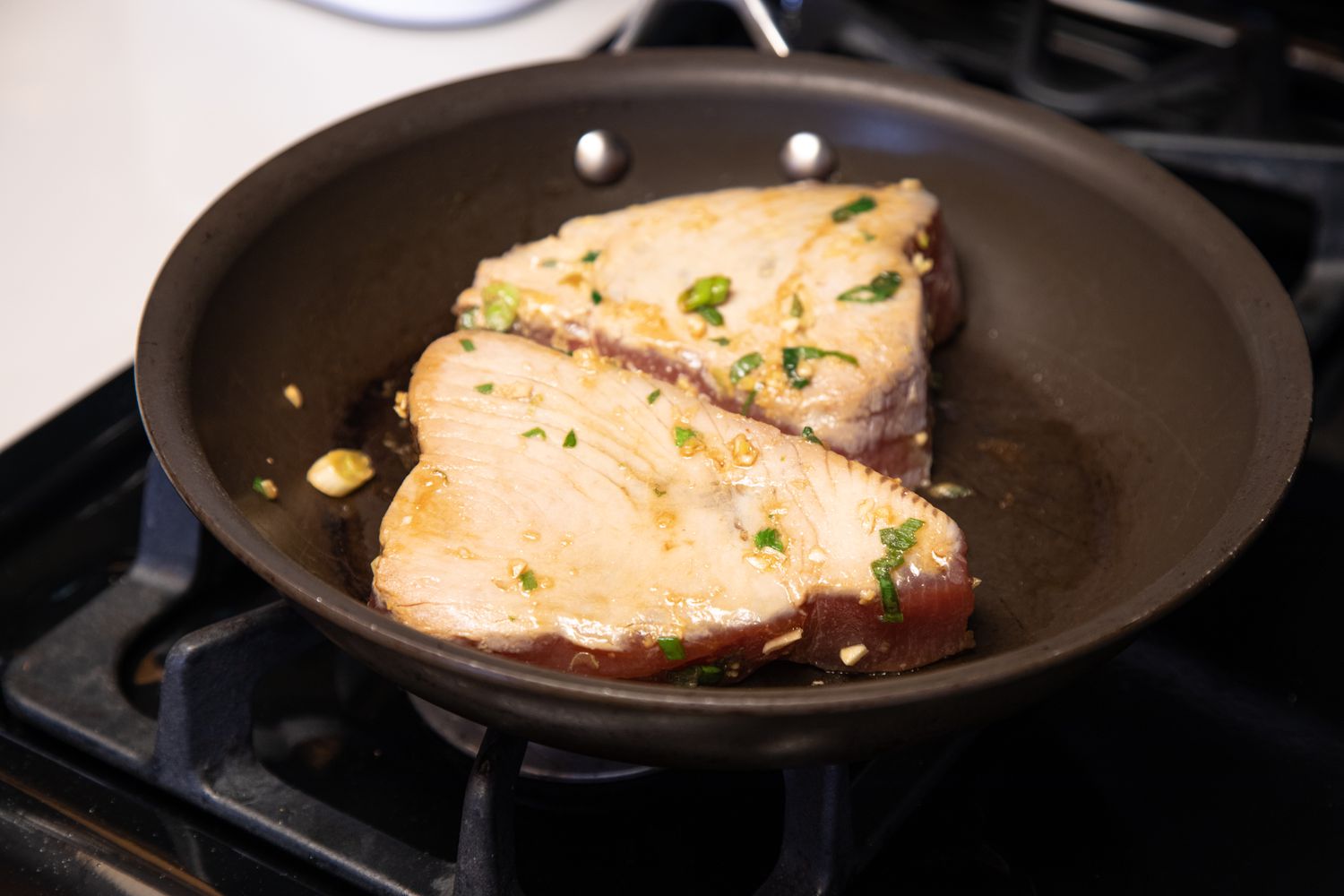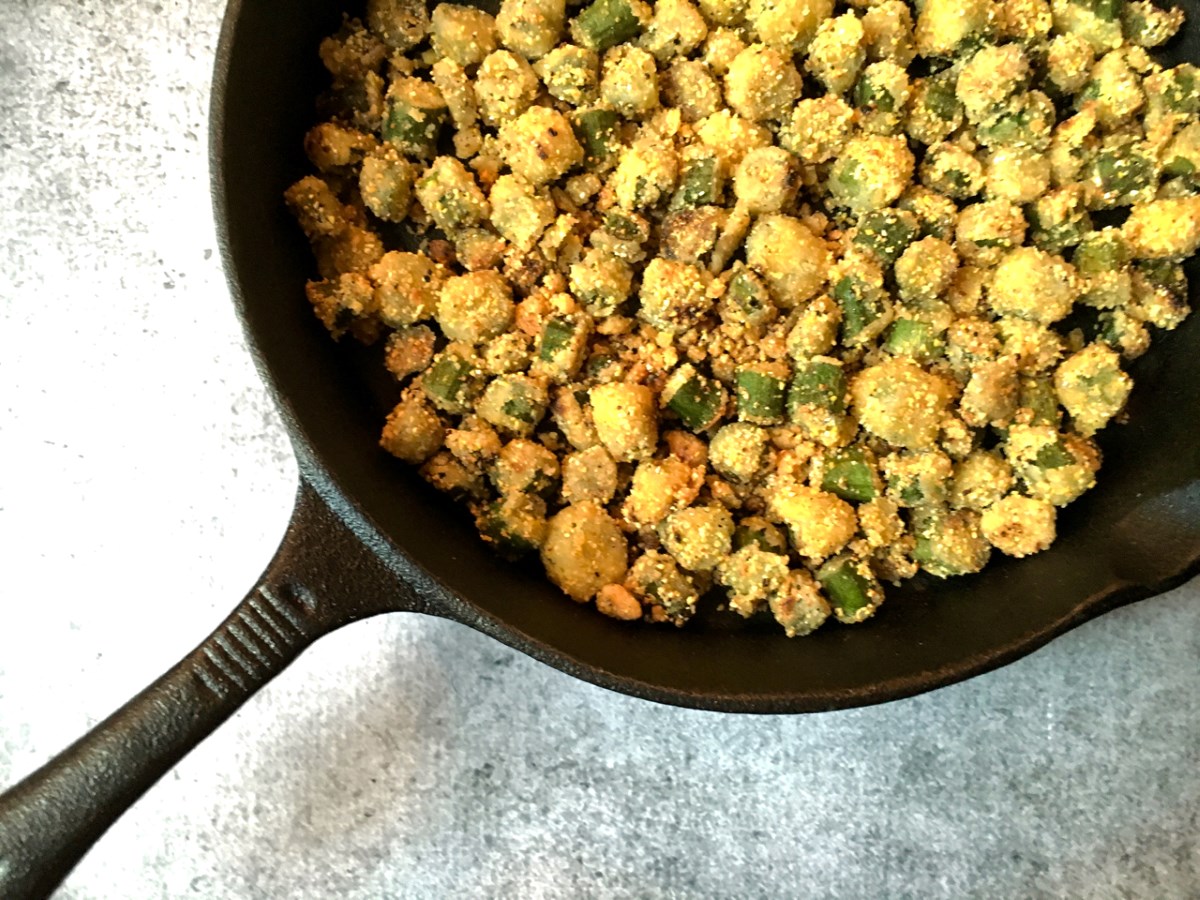Pan frying Dover sole in cast iron brings out the delicate flavors of this esteemed fish, creating a crispy exterior while preserving its moist, tender interior. This method, beloved by amateur chefs and culinary enthusiasts alike, involves minimal ingredients but requires a bit of finesse. Perfecting the technique ensures a golden-brown crust without overcooking the fillet. Ideal for a quick, gourmet meal, this approach to cooking Dover sole not only enhances its natural taste but also adds a rustic charm to the dining experience. Ready to master this simple yet sophisticated dish? Let's dive into the art of pan frying Dover sole in cast iron.
Gather Your Ingredients for Perfect Pan-Fried Dover Sole
- Dover sole fillets, 4 (6-ounce each)
- Salt, to taste
- Black pepper, freshly ground, to taste
- All-purpose flour, for dusting
- Olive oil, 2 tablespoons
- Butter, 2 tablespoons
- Lemon wedges, for serving
- Fresh parsley, chopped, for garnish
Essential Tools for Cooking Dover Sole in Cast Iron
- Cast Iron Skillet: Essential for achieving a crispy, golden crust on the Dover sole.
- Fish Spatula: Thin, flexible, and wide, perfect for flipping delicate fish without breaking it.
- Paper Towels: For patting the fish dry to ensure proper searing.
- Plate: To hold the fish after seasoning and before cooking.
- Tongs: Useful for flipping the fish if you prefer them over a spatula.
- Measuring Spoons: For accurately measuring seasoning and oil.
- Stove: Where the magic happens, to heat your skillet.
- Oven Mitts: Protect your hands from the hot skillet handle.
- Serving Platter: To present your beautifully cooked Dover sole.
For pan-frying Dover sole in cast iron, ensure your skillet is well-seasoned and heated to medium-high. Lightly coat fish with flour, salt, and pepper for a golden, crispy exterior.
The Secret Behind Pan Frying Dover Sole
Pan frying Dover sole in cast iron skillets ensures even heat distribution, crucial for achieving that perfectly golden crust without overcooking. This method locks in moisture, making the fish tender and flavorful. Cast iron, known for its heat retention, also imparts a subtle, distinct taste that enhances the Dover sole's delicate flavor.
Using cast iron for cooking Dover sole not only improves the dish's quality but also contributes to a healthier meal. Unlike non-stick pans, cast iron doesn't release harmful chemicals into food. Additionally, it adds a small amount of iron to the diet, beneficial for those needing to boost their intake.
Your Step-by-Step Guide to Pan Frying Dover Sole
-
Gather Ingredients
- Dover sole fillets
- Salt
- Pepper
- Flour (for dusting)
- Olive oil or butter
-
Prepare the Fish
- Rinse Dover sole fillets under cold water.
- Pat dry with paper towels.
- Season both sides with salt and pepper.
- Lightly dust fillets with flour, shaking off excess.
-
Preheat the Cast Iron Skillet
- Place cast iron skillet on stove over medium-high heat.
- Add olive oil or butter, enough to coat bottom of skillet.
-
Cook the Fish
- Once oil shimmers or butter melts and foams, gently lay fillets in skillet.
- Cook without moving for about 3 minutes or until golden brown.
- Carefully flip fillets using a spatula.
- Cook other side for 2-3 minutes until crisp and fish flakes easily.
-
Serve Immediately
- Remove fillets from skillet.
- Optional: Squeeze fresh lemon juice over fillets.
- Serve hot.
Mastering the Art of Pan-Fried Dover Sole
Pan-frying Dover sole in a cast iron skillet isn't just cooking; it's an art that brings out the best in this delicate fish. With the right heat, a bit of butter, and a sprinkle of seasoning, you've got yourself a dish that's both simple and sophisticated. Remember, patience is key. Letting the fish cook undisturbed allows for that perfect, golden crust we're all after. And don't forget to preheat your skillet; it makes all the difference. So, next time you're looking to impress at the dinner table or just treat yourself, give this method a go. Trust me, once you've tasted the crispy, tender result of your efforts, you'll be hooked. Happy cooking!
All Your Questions About Pan Frying Dover Sole Answered
Can I cook Dover sole without skinning it first?
Sure thing! Cooking Dover sole with its skin on can actually help keep the fish moist and tender. Just make sure to score the skin lightly to prevent it from curling up in the pan. When done right, the skin gets nice and crispy, adding a delightful texture contrast.
What's the best way to season Dover sole for pan-frying?
Keeping it simple works wonders. Season both sides of the Dover sole with salt and freshly ground black pepper. For a bit of zing, you can add a squeeze of lemon juice right before serving. Herbs like dill or parsley also complement its delicate flavor beautifully.
How hot should my cast iron skillet be for cooking Dover sole?
You'll want your skillet pretty hot, but not smoking. A medium-high heat is perfect for getting that golden crust without burning. To test if it's ready, sprinkle a few drops of water on the skillet. If they dance and evaporate, it's time to add the oil and fish.
What type of oil is best for pan-frying Dover sole in cast iron?
Opt for oils with a high smoke point like canola, vegetable, or grapesean oil. These oils can handle the heat without burning, ensuring your Dover sole doesn't pick up any unwanted flavors.
How long does it take to pan-fry Dover sole?
Not long at all! Depending on the thickness, it usually takes about 2-3 minutes per side to cook Dover sole. You're aiming for a golden brown exterior and a flesh that easily flakes with a fork.
Can I add other ingredients to the pan while frying Dover sole?
Absolutely! Adding ingredients like capers, sliced almonds, or even a splash of white wine can elevate your dish. Just add them towards the end of cooking to avoid overcrowding the pan and to ensure they don't burn.
How do I know when my Dover sole is perfectly cooked?
Look for a golden-brown crust on the outside and opaque, moist flesh that flakes easily. If you're unsure, use a fork to gently peek into the thickest part of the fish. If it separates easily and looks opaque, it's ready to plate up.
Was this page helpful?
Read Next: How To Pan Fry Shark Steak











